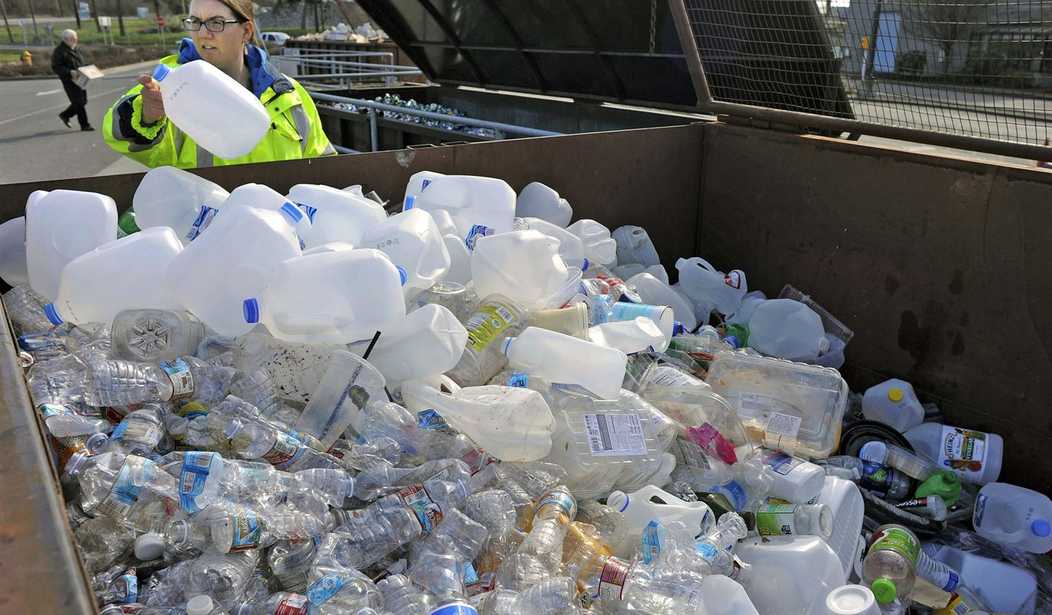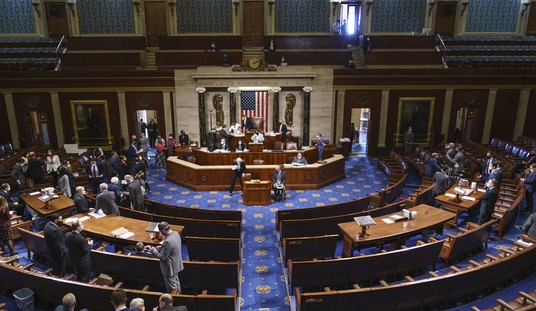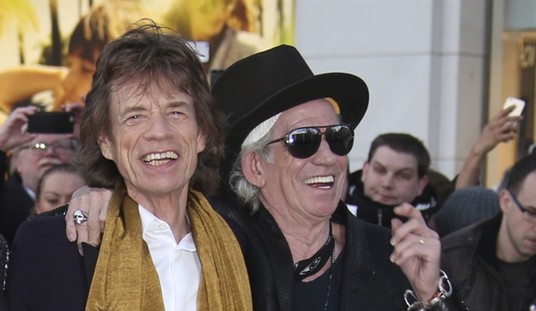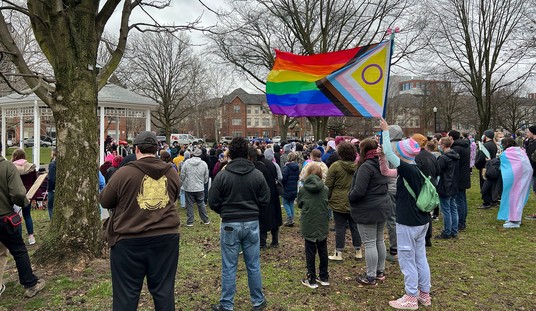Out of 51 million tons of plastic waste generated every year in the U.S., only 2.4 million tons were recycled, according to a report by Greenpeace. That amounts to just 5% of plastics that are sent to recycling plants.
At one time, 10% of plastic waste in the U.S. was recycled. But that’s when we were sending our plastic waste to China, letting the Chinese fill up their garbage dumps with our plastic.
The problem is that the kinds of plastic we make are mostly non-recyclable, according to Greenpeace. And it’s not just a U.S. problem.
The plastics problem is not just down to wanton consumerism or laziness – in fact the situation would still be bad even if every household separated every piece of plastic and disposed of it in a dedicated recycling plant, according to Greenpeace.
Not a single type of plastic packaging in the US meets the definition of recyclable used by the Ellen MacArthur Foundation’s new plastic economy initiative, the report found.
Even plastics long considered recyclable – bottles and jugs (PET #1 and HDPE #2) –fall far short of the 30% recycling rate needed to meet the definition of recyclable by the foundation. The reprocessing rate for the rest of the plastics used by millions of people everyday to wrap leftovers, eat takeout or return unwanted online purchases is less than 5%.
I don’t mind recycling plastic, paper, or anything else, for that matter. What I hate about recycling is the green hysterics who make life so difficult.
“OMIGOD! You put a plastic bottle in your paper recycling bin. Why do you want to destroy the planet?”
The recycling sham will anger those who have spent time diligently washing out plastic containers and bottles, in the belief that they’d end up reprocessed and repurposed into another plastic package the world probably didn’t need.
“Corporations like Coca-Cola, PepsiCo, Nestlé and Unilever have worked with industry front groups to promote plastic recycling as the solution to plastic waste for decades. But the data is clear: practically speaking, most plastic is just not recyclable. The real solution is to switch to systems of reuse and refill,” said Lisa Ramsden, Greenpeace USA senior plastics campaigner.
The “sham’s” biggest promoters are the recycling companies who claim allegiance to the greens but end up as some of our biggest polluters when the toxic sludge from their facilities ends up in our streams and in our groundwater.
Green hypocrisy notwithstanding, there is no way to get where Greenpeace wants us to go. The whole point of using plastic is that it’s cheap and plentiful. There would have to be a monumental reordering of our economy to realize Greenpeace’s vision. And that’s simply not going to happen.










Join the conversation as a VIP Member